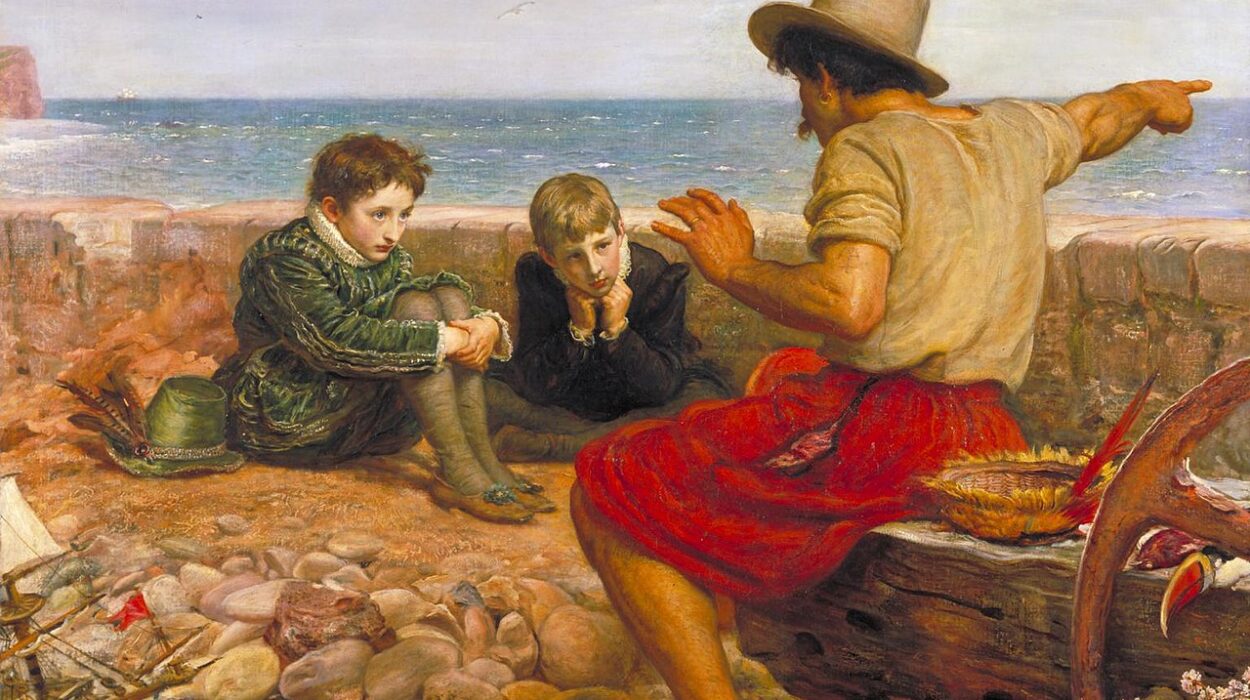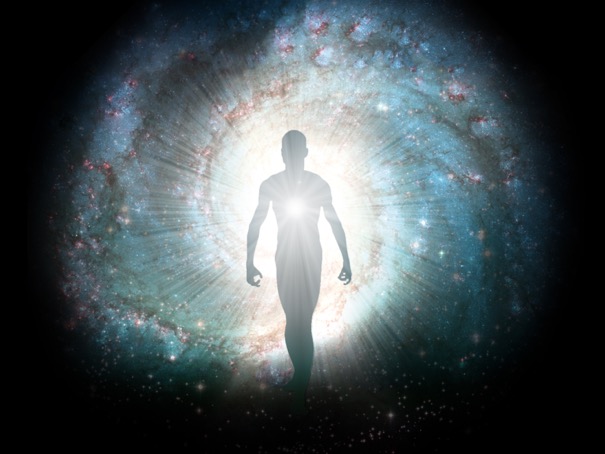The sexual fascination heterosexual men have with female breasts has long been a subject of both quiet curiosity and academic debate. From Renaissance art to Hollywood films, breasts have occupied an oddly central place in the male erotic imagination. Are they cultural artifacts, rendered erotic by social taboos and media narratives? Or are they biological beacons, quietly signaling fertility, health, and reproductive potential?
A recent study published in the Archives of Sexual Behavior has reignited this debate with compelling new data—collected not in glossy labs or psychology classrooms, but among the Dani, an Indigenous community in the remote Central Highlands of Papua, Indonesia. The researchers’ bold question: would men still find female breasts sexually arousing if they had grown up in a society where breasts were publicly visible and unsexualized? The answer they found challenges long-standing Western assumptions and points toward something much deeper—perhaps even hardwired—within human sexuality.
Testing the Roots of Attraction
The idea that men are attracted to breasts because they’re hidden—thus mysterious and erotic—has been a favorite theory of cultural anthropologists and sociologists for decades. This line of thinking argues that breasts, like ankles in Victorian England or hair in conservative Islamic contexts, become erotic precisely because modesty norms make them off-limits. But what if the desire comes not from the forbidden but from the fundamental?
To explore this question, researchers turned to a rare natural experiment unfolding among the Dani people. Historically, Dani women did not wear tops, and female toplessness was a normal part of daily life. That changed in the late 20th century, when external influences—including Christian missionaries and broader social modernization—brought new standards of modesty. Today, younger Dani women typically cover their chests, creating a generational divide: older Dani men grew up seeing bare breasts daily; younger men did not.
This contrast gave researchers a unique opportunity: by comparing the sexual responses of men from both generations, they could test whether early exposure to toplessness decreased sexual interest in breasts—or whether attraction remained constant, regardless of visibility.
Fieldwork in the Forest: Science Among the Dani
The study involved 80 Dani men, evenly split into two age groups. The younger group, aged 17 to 32, grew up in an era of modest dress, while the older group, aged 40 to 70, came of age when toplessness was the norm. Through oral interviews conducted with the help of a local interpreter, researchers asked participants about their childhood experiences of female nudity, their sexual behaviors and preferences, and specifically, their responses to breasts during sexual encounters.
Were breasts a source of arousal? How often did they touch their partner’s breasts during sex? How important were breasts in shaping initial attraction?
The results were striking. Across both generations, men reported nearly identical levels of sexual arousal in response to breasts. They also described similar behaviors—touching breasts during sex was common—and similarly emphasized breasts as a key factor in finding a woman attractive. Age didn’t seem to matter. Early exposure to bare breasts did not dull sexual interest.
If the cultural modesty theory held, one would expect the older group to be desensitized to breasts, perhaps viewing them as mundane or even non-sexual. But that wasn’t the case. The findings suggest something far more primal is at work.
Evolution in the Flesh: Breasts as Biological Signals
Why would evolution lead men to find breasts attractive? After all, humans are unique among primates in having permanently enlarged breasts, even when not lactating. In other species, female breasts swell only during nursing and deflate afterward. So why do human females develop breasts at puberty and retain them throughout adulthood?
One theory suggests that breasts function as honest signals—visual cues that convey information about a woman’s reproductive status. Full, symmetrical, and youthful breasts may indicate estrogen levels, nutritional health, and fertility, while sagging or asymmetrical breasts may signal age or low reproductive potential.
Research has linked larger or more firm breasts with higher levels of estradiol, a hormone associated with increased fertility. Breasts may also be visual shorthand for age: youth correlates with perkiness, symmetry, and volume—all traits linked with reproductive success in an evolutionary framework.
This isn’t about conscious choice. Sexual attraction, from an evolutionary perspective, operates beneath awareness. Men don’t think, “Her breast shape implies high estradiol levels, therefore I’m aroused.” Rather, their brains—refined over millennia—respond to visual stimuli that historically improved reproductive outcomes. In this light, breasts are like peacock tails or deer antlers: costly, visible indicators of underlying fitness.
Culture as Amplifier, Not Architect
While the Dani study strongly supports a biological basis for male breast attraction, it doesn’t dismiss culture entirely. Cultural forces undoubtedly influence how sexual interest in breasts is expressed, intensified, or suppressed. In societies where breasts are rarely seen, they may acquire heightened erotic charge. In others, where public nudity is normalized, breasts might seem less symbolically powerful—but, as the Dani data show, still arousing.
In this view, culture acts like an amplifier on a preexisting signal. The basic biological wiring remains the same, but social rules and media can heighten or dampen the signal’s volume. This would explain why breast augmentation is common in many cultures: men’s desire for certain breast traits isn’t purely media-driven; it taps into something deeper. But culture molds how women respond to that desire—how they display or conceal their breasts, and how they feel about their own bodies.
Sexuality in Context: What the Dani Reveal About Us All
Studies like this are important because they expand the conversation beyond WEIRD societies—those that are Western, Educated, Industrialized, Rich, and Democratic. Much of psychological research has historically focused on these populations, leading to skewed understandings of “universal” behavior. The Dani, relatively untouched by global media for much of the 20th century, provide a rare lens into how sexual preferences operate in less commercialized and more traditional settings.
The implications go beyond breasts. This research invites us to rethink what aspects of sexual attraction are culturally constructed and which may be biologically ingrained. It also raises questions about how modernization changes sexual norms—and whether those changes reshape desire itself or simply the ways we talk about it.
Moreover, the study adds a layer of nuance to ongoing discussions around objectification, body image, and gendered perceptions. If male interest in breasts has biological roots, it complicates simple narratives about media-induced beauty standards. At the same time, recognizing a biological basis doesn’t justify reducing women to their physical features. Understanding evolutionary psychology should foster empathy, not excuse behavior.
Unanswered Questions and the Path Forward
No study is perfect, and the Dani research has its limitations. The biggest is recall bias: older participants had to reflect on past sexual experiences, possibly filtered through current norms. It’s also possible that modesty—even in private interviews—led some men to underreport or skew their responses. Self-reported data, while useful, always carries a degree of uncertainty.
Another limitation is sample size and scope. The study focused solely on heterosexual men from one Indigenous population. Would similar findings emerge in other non-Western cultures where breasts are more publicly visible? What about in matrilineal societies, or in regions where nudity is tied to ritual rather than daily life? Expanding the research to include different populations—and female participants—could shed light on how universal these patterns truly are.
There’s also the question of same-sex attraction, gender diversity, and non-binary perspectives, which remain underexplored in evolutionary psychology. Future studies might examine how people across the gender spectrum interpret and respond to breasts, both in others and in themselves.
A Window into Desire
Ultimately, the Dani study does more than tell us about breasts. It offers a mirror in which we can see human sexuality more clearly—not as a fixed list of preferences, but as a dynamic dance between biology and culture. It reminds us that our bodies carry stories shaped by millions of years, but that those stories are always being edited by the societies we inhabit.
In the end, the question isn’t simply why men are attracted to breasts. It’s what that attraction reveals about us—our evolutionary past, our social complexities, and our ongoing journey to understand the most intimate parts of being human.
As science continues to peel back the layers of desire, one thing becomes clear: the heart of sexuality is not just about what turns us on, but what it means to be creatures of both flesh and meaning, shaped by nature and nurtured by culture.






